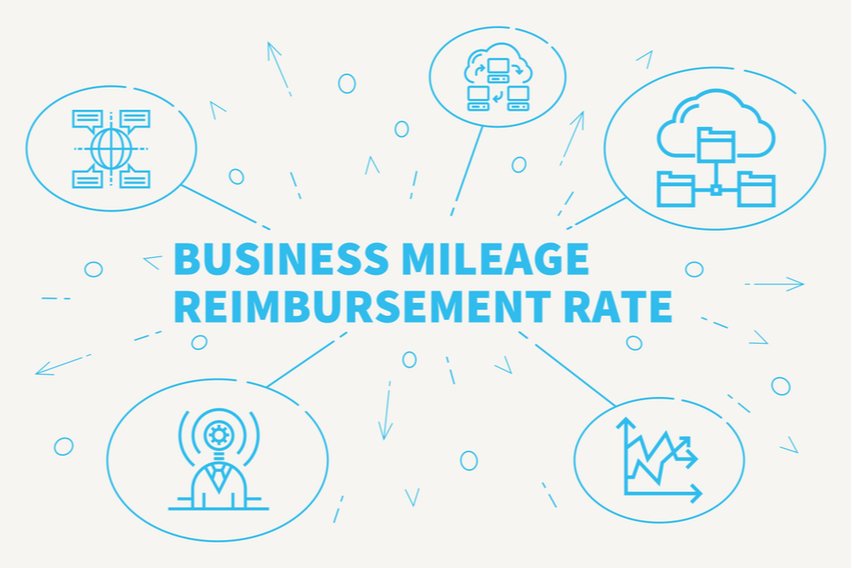What are Payroll Expenses? A Complete Payroll Expense Guide

Payroll accounting starts with understanding your expenses. These are your taxes and liabilities to pay as an employer. This guide will reveal all
Employees are expensive, aren’t they? Not only is payroll your largest expense, but then you add on payroll costs!
I’m talking federal taxes, state taxes, insurance premiums, and more. These are also known as payroll liabilities. Let’s break it all down and understand how this affects your financial statements.
Here’s What We’ll Cover:
What are employer payroll expenses?
Employer’s Payroll Tax Expenses
Payroll Expenses for Contractors
How to Calculate Payroll Expenses
What are employer payroll expenses?
These are the expenses you pay as a business owner for your employees. There are two kinds to consider. First, you have the expenses that are deducted from your employee wages. Second, you have payroll taxes and expenses that are specific to you as an employer.
The first category is known as “withholdings” because these expenses are “withheld” from your employees’ gross pay. Let’s talk about those first.

Withholding Taxes
Withholding taxes depend on your employee. When your employee submits a W4-form, you will be able to calculate the exact amount of taxes you need to withhold. Don’t worry – excellent payroll software will work this out for you. Definitely invest in one to make things simpler.
Broadly speaking, the withholding taxes you can expect are:
- Federal Income Taxes (FIT)
- State Income Tax (SIT)
- FICA (Medicare and Social Security)
Benefits Withholdings
If you offer a comprehensive employee benefits package, this is where it gets paid! Well… at least in part. You deduct employees share of the benefits from their gross pay. You may have an arrangement where you pay the exact equivalent too. For example, if you have offered an employer-matched 401k fund, you will be paying for that out of pocket.
Withholding benefits are entirely changeable depending on your organization.
Examples could include:
- Worker’s pay compensation insurance
- Health insurance
- Commuter benefits
- Life insurance
- 401ks or other retirement plans
Employer’s Payroll Tax Expenses
Now for the big evils. Your payroll taxes. In honesty, payroll taxes are not particularly high. Let’s take the employer’s FUTA tax for example – that is the Federal Unemployment Tax. The FUTA tax rate, at the moment, is 6% on the first $7,000 in gross income an employee earns.
Pretty reasonable! There may be some variation from state to state but the main expenses you can expect are:
- FUTA (Federal Unemployment Taxes)
- SUTA (State Unemployment Taxes)
- FICA (Medicare and Social Security)
Payroll Expenses for Contractors
The main difference between hiring contractors and employees is to do with tax withholdings. Contractors are responsible for their own tax withholdings. They will submit their own FICA and solo benefits packages.
You pay for the contractor’s gross pay and the contractor will deal with all of the grizzly tax stuff. Less work for you!

How to Calculate Payroll Expenses
1. Make Sure Your Employees Have Completed the W4-Form
As I mentioned, the W4-form holds the key to tax withholdings. Make sure that new employees have a completed W4-form before your next payroll cycle.
2. Define Your Payroll Period
This could be quarterly or even weekly.
3. Use Gross Pay and Deductions to Calculate Net Pay
This is where you deduct withholding taxes and benefits withholdings from gross employee pay. You’ll then get the net employee wages.
4. Create a Payroll Journal Entry for Taxes
Now calculate your contributions. This takes into account the taxable amount of employee wages that you calculated above. You credit FICA, FUTA, SUTA, and any other expenses. Again – don’t feel you have to do this with an Excel sheet. Payroll software will save you.
Key Takeaways
Calculating your payroll expenses can seem complicated. Once you break them down, it becomes simpler. Using payroll management software can really help to calculate these taxes for you. Accounting software can help too. Our parting advice – don’t struggle alone!
RELATED ARTICLES

 How to Calculate Mileage Reimbursement for Taxes
How to Calculate Mileage Reimbursement for Taxes What Is Company Car Allowance & How Does It Work
What Is Company Car Allowance & How Does It Work How to Calculate Gas Mileage in the Right Way
How to Calculate Gas Mileage in the Right Way IRS Mileage Rates: 2025 Guide for the Self-Employed
IRS Mileage Rates: 2025 Guide for the Self-Employed How Mileage Reimbursement Works: An Extensive Guide
How Mileage Reimbursement Works: An Extensive Guide